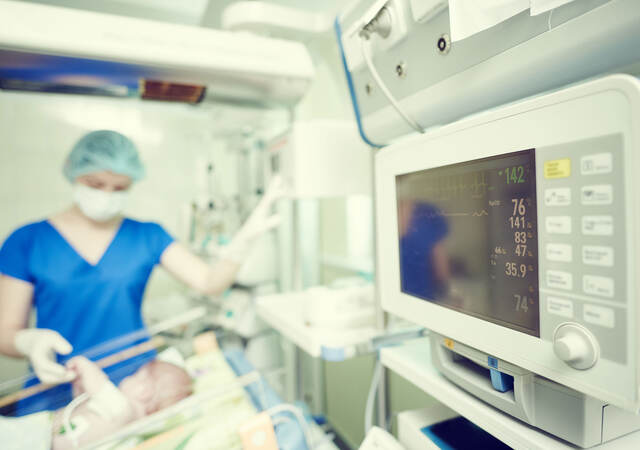May 12, 2023
By Pedro Omar Sánchez Neri
Mexico’s Ministry of Health has updated rules and requirements for medical devices, as well as clarified its approach to defining and regulating software as a medical device (SaMD).
Background
Legislation in Mexico is periodically revised. After several months of collecting input from academics and the medical device industry, the Ministry of Health in Mexico has published (May 10) the new 5.0 edition of the Supplement of Medical Devices of the Mexican Pharmacopoeia (hereafter: Pharmacopoeia) . The digital version is not yet available, though the hard copy has been released as a few large volumes. Less than 50 pages are relevant to medical devices in Mexico. Emergo by UL was intimately involved in the consultation of this Pharmacopoeia, and acknowledged (pages XXXIV- XXXV).
Synopsis of the Pharmacopoeia
There are a significant number of changes in the Pharmacopoeia as it relates to medical devices: new classification rules, revised and new definitions as well as new regulatory mechanisms to approach the different classifications. There are changes which apply to the registration of low-risk devices, some rules reclassify devices from other categories, and there is an entire new section dedicated to risk management.
One of the most significant changes is the modification of the medical device definition to include SaMDunder the scope of the regulation in Mexico.
Software as a Medical Device
Software was previously considered as an accessory to medical devices under the category “I. Medical Equipment,” and essentially deregulated (on the Low Risk and deregulated devices as identified in the Agreement on Low Risk and Deregulated devices 22 December 2014).
The Pharmacopoeia has now altered the definition of medical device to insert software.
The revised definition (emphasis added by Emergo by UL):
“Medical device. Any instrument, apparatus, utensil, machine, software, implantable product or material, diagnostic agent, material, substance or similar product, meant to be used, alone or in combination, directly or indirectly in humans; with any of the following intentions of use:”
SaMD is now defined as:
“(The one) used for one or more medical purposes, whose main characteristic is that it does not need to be part of the hardware of the medical device to fulfill the intended medical purpose; it is capable of running on general computing platforms and can be used alone and/or in combination with other products (eg as a module, other medical devices, etc.). Mobile applications that meet this definition are considered software as a medical device. The software that powers the physical medical device is excluded from this definition.”
Classification of Software as a Medical Device
There are now 35 classification rules. Within the subset of rules for classification of active medical devices , the new rule 16 classifies software as a medical device as class I, II or III to ensure the risk of SaMD is sufficiently accounted for:
“Software as a medical device will be considered class II when it is meant to:
- Provide information that is used to make decisions for therapeutic or diagnostic purposes, except if these decisions have an impact that may cause death, irreversible or serious deterioration of the state of health of a person or surgical intervention, in which case it will be included in class III.
- Observe physiological processes, except if it is intended to observe vital physiological parameters, when the nature of the variations in said parameters is such that they could give rise to an immediate danger to the patient, in which case it will be included in class III.
- All others are classified in class l.
Note: Class I will include: mobile applications with integrated sensors or sensors of the information provided from the history of other devices.”
Closing Remarks
SaMD will become officially regulated starting on July 10 (60 calendar days after the publication of May’s 10th Notice on the Diario Oficial de la Federación, confirming when will the Supplement of Medical Devices 5.0 be in effect).
This update does not include information about the registration requirements for SaMD, so we expect notifications and/or official statements from COFEPRIS in the near future.
In the meantime, Emergo by UL recommends following the general guidelines supplying evidence of validated design and manufacturing methods, together with clinical information supporting the product claims, with compliance to specific international standards such as ISO 14971, IEC 62304 and IEC 62366.
Pedro Omar Sánchez Neri is Consulting Manager, Mexico at Emergo by UL.
Request more information from our specialists
Thanks for your interest in our products and services. Let's collect some information so we can connect you with the right person.






